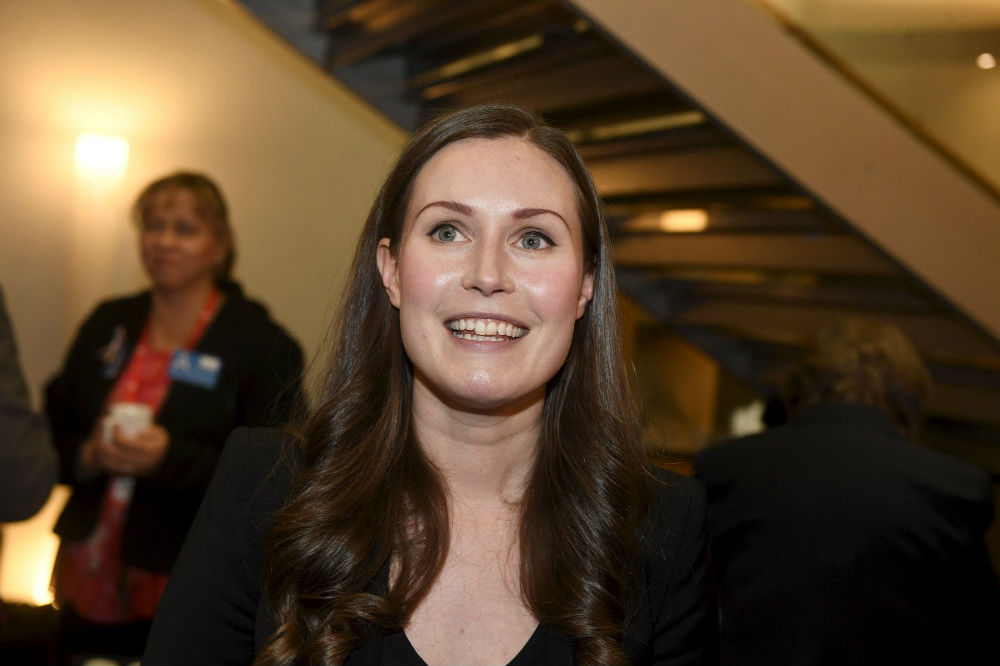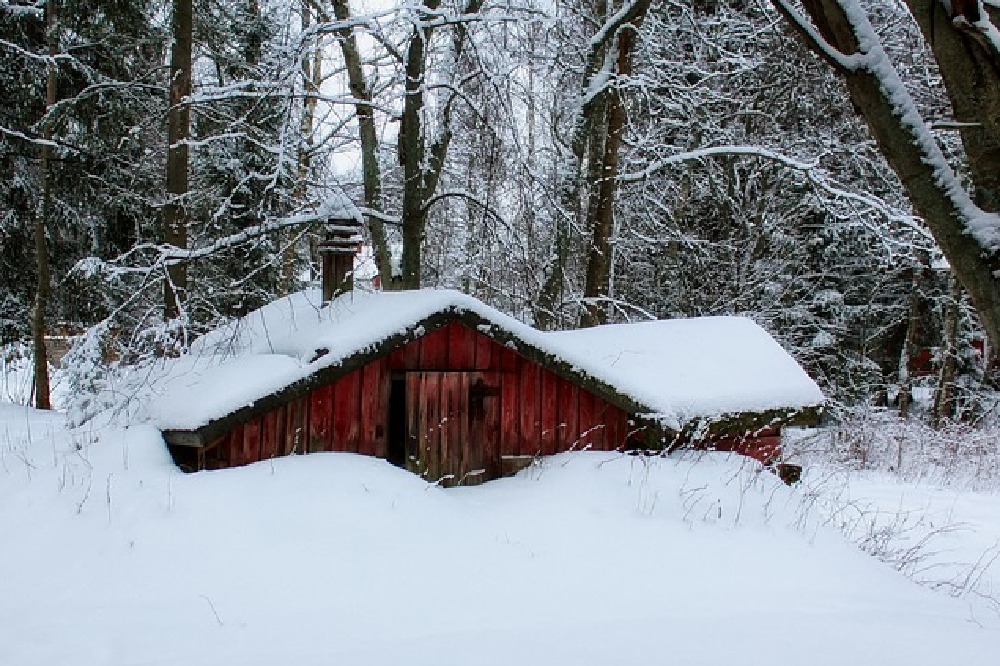Finland has been one of the standout countries during this pandemic, and though Sweden took much of the spotlight in their minimal approach through herd immunity, Finland set about their own strategy, one that would lower infection rates and maintain a stable economy throughout.

Finnish Prime Minister Sanna Marin
What was so unique about their strategy and why are all others, gambling with such risky lockdowns and close of business?
Pandemic Highlights in Finland
The Finnish society had a high resilience during the pandemic.
Public health measures became decentralized so the pandemic could be fought at a local level.
Within the Finnish health system there has been an acceleration of development and telemedicine.
There was an immediate recognition on the long-term effects of Covid on the Finnish industries and society.
Forming a plan of attack and defence
At the start of the pandemic, there were two options governments around the world could take, act or react, Finland proudly acted and it is paying off.
Finland currently has 90 per cent fewer deaths from the coronavirus per capita than their Nordic neighbours. Still, as main Europe panics over balancing social discord and the economy, Finland, still maintains one of the lowest infection rates.
What was their approach? Well, experts conclude that their strategy out of this pandemic was very similar to that of Denmark and Norway. Industries had a rapid shutdown but not totally. After a couple of months, once the pandemic was more controlled, then it reopened.
The result of the initial defence played by Finland’s government resulted in 300 deaths, with 6400 cases. The population of Finland is 5.5 million.
In an interview done with Forbes, Finland’s Dr Maria Ohisalo who is the Interior Minister said this of the government’s actions.
"When the government decided that there will need to be restrictive measures that are quite big, into place, we noticed people actually listened to their government’s advice. Obviously, our goal was not to control people in any sense, no-one should force people to do these things. What we can do is very little when restricting people’s lives.”
“We had to consider that this was an epidemiological situation and with this, there are costs. To think of a way out, you have to factor in the cost of this on the society.”
Echoes of this comes from the comments made by the Finnish expert on Health at the THL, Mika Salminen who said that “the emphasis was the protection of life, this and the health of the population was very high amongst our responsibility as a government.”
Turing defence into attack

What was clear from the very start was Finland’s clear focus on being prepared on an international level and how they carried this out within a national emergency. The fascinating point of this came from the fact that within the Finnish law on pandemics, a law which came after the war against the Soviet Union between 1939 and 1940, that was triggered for the first time since that war and Finland was able to stockpile Medial PPE in such short time and to the envy of the remaining continent that were faced with shortages.
Sweden’s leading epidemiologist Ander Tegnell said of Finland’s preparedness: “It is something that is way beyond comprehension.” It was something that had both a “practical and psychological” effect on their society.
Perhaps, Anders is touching on a trust issue here. When people see its government act and it produces results that are evident amongst the very best in the world, then you will invariably do as your government requests.
With the success that has, thus far, been done, the plaudits have not come from within the Finnish government themselves, but from the other nations. Yet, this is a country that has recorded only 10 cases per million people.
This is staggeringly impressive. In a time when you would think that Covid was the only focus, they were still delivering and forming important changes that would affect the lives of people during the pandemic, case and point, the new temporary law on Finnish online gambling.
And as people kept turning to online casinos to gamble and gain financial support, the government instituted measures in ordere to counteract the issue.
Casino specialists www.netticasinosuomi.info explained that the measures were welcome by the industry, and included setting a monthly loss limit per player for the duration of the pandemic. Set to the equivalent of $500, once this loss had been reached in a day, they could no longer gamble for a month.
Food for thought
Had the Finnish been already well prepared before they even knew it. There is a strong suggestion that the diet of the Finnish could have helped in repelling Covid.
In Finland, getting the right levels of Vitamin D from the sun is not possible, so their milk is fortified with Vitamin D. This has been argued to be one of the best treatments, thus far, in helping support the immune system against the virus taking over.
Other benefits are found in the fish that’s eaten, fatty fish like salmon and herring contain essential omega3 with is also an immune booster. This diet and fortification of Vitamin D are also the same in Sweden.
Reports from Spain back in October 2020, pointed out that of 216 patients that were admitted into hospital that day, 82% had Vitamin D deficiency. It was this study that prompted scientists in the UK to call for fortified food to help tackle this problem of low Vitamin D levels in the UK during Winter.

